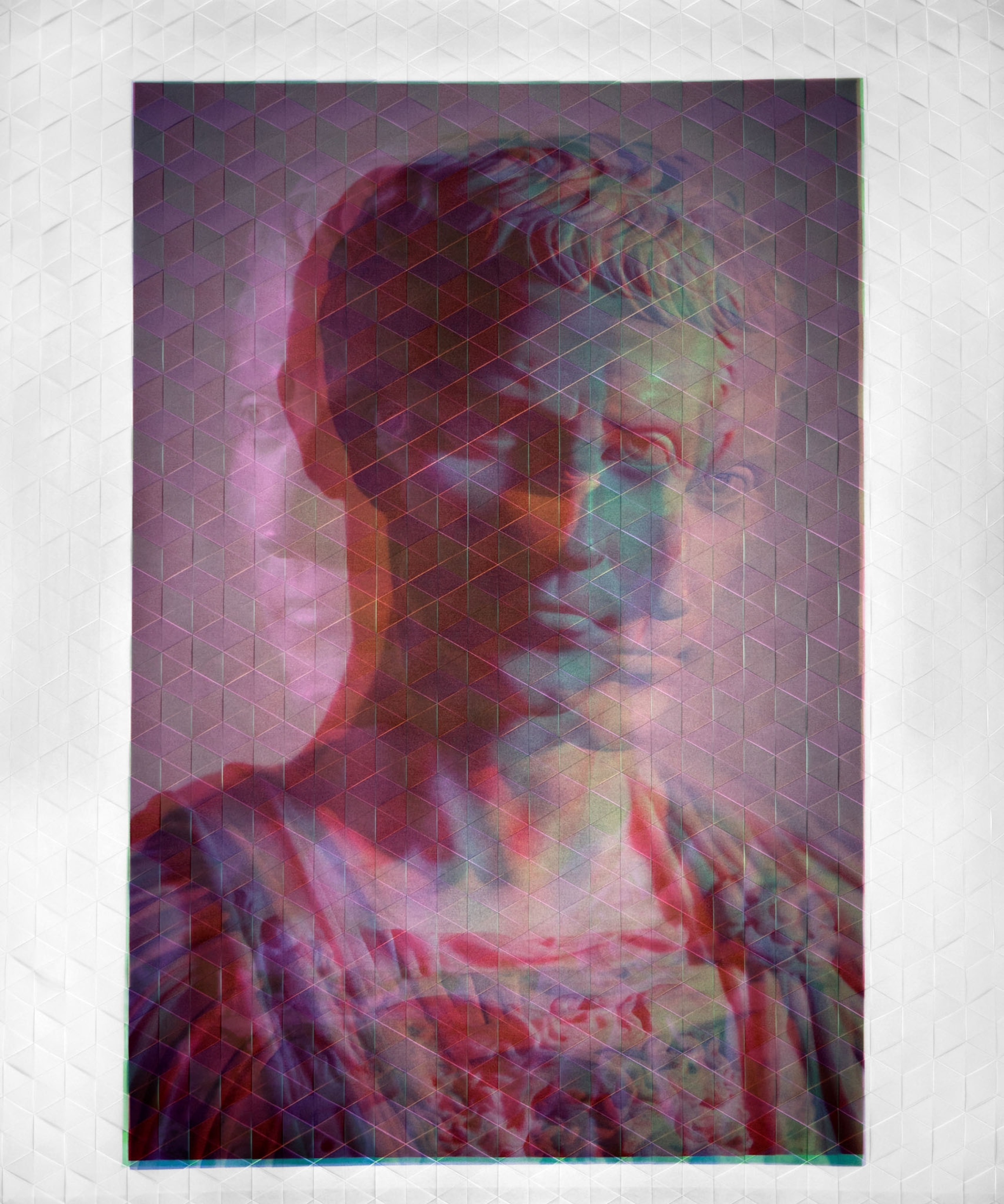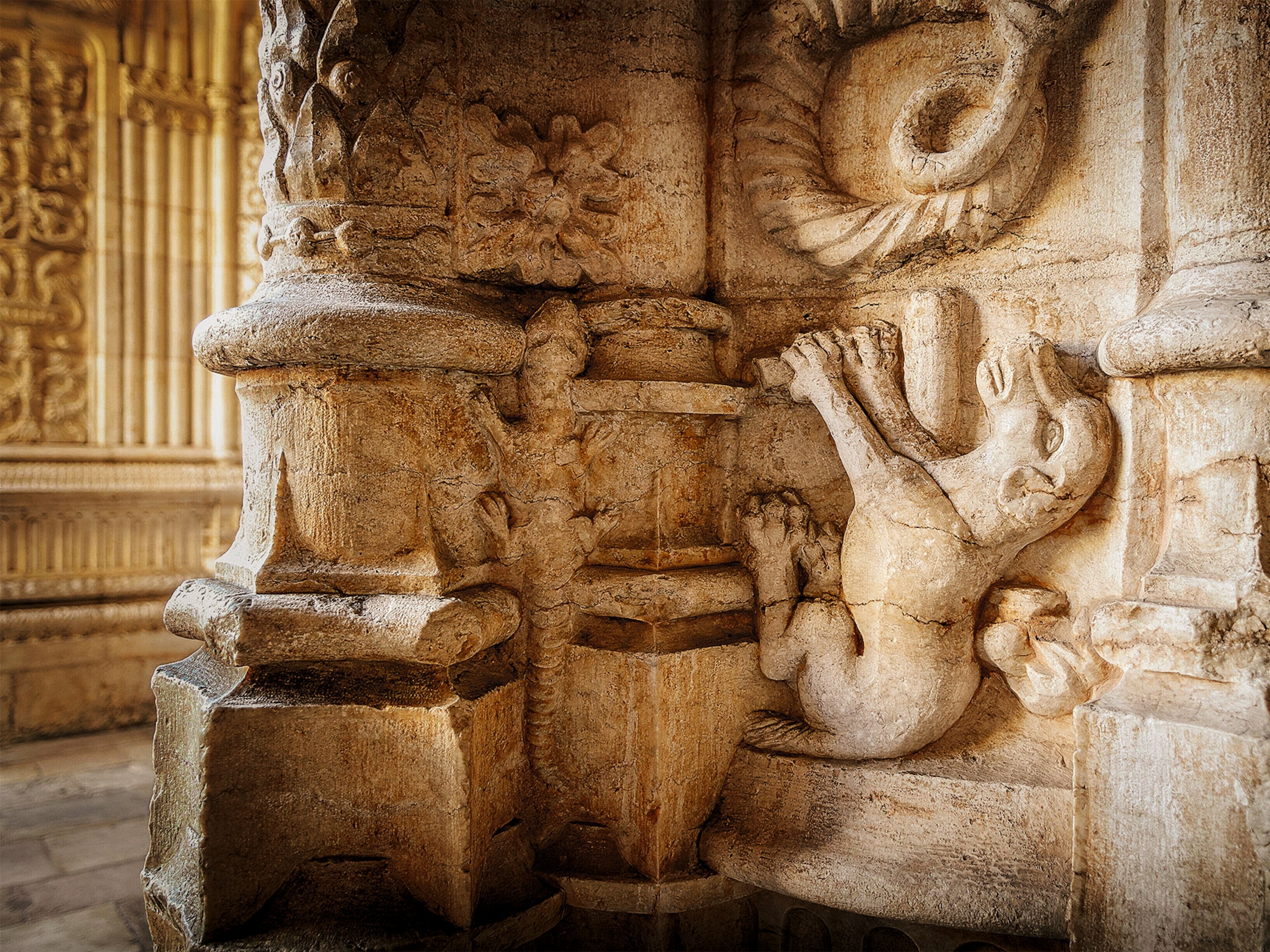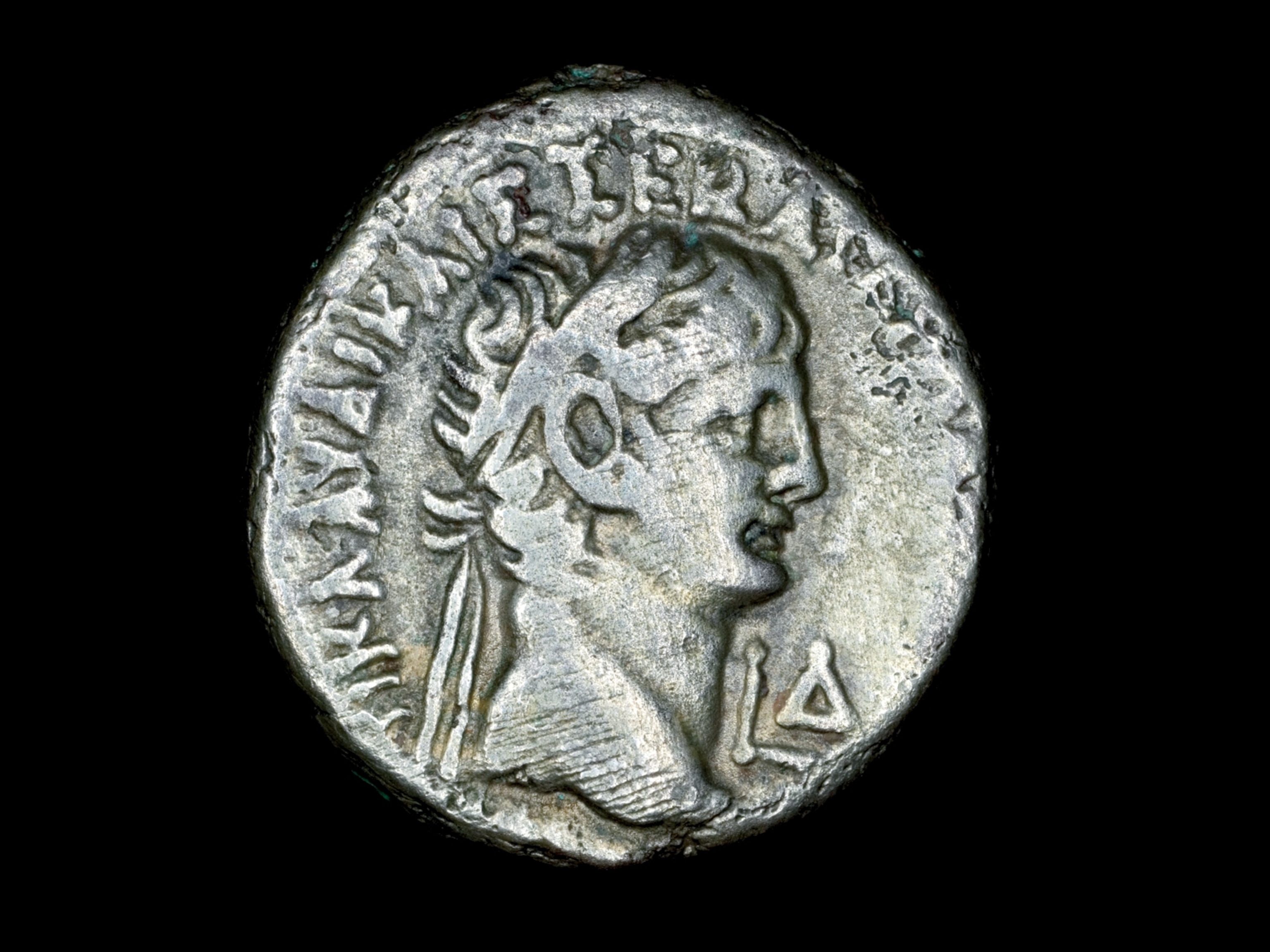Will the real Julius Caesar please stand up?
Scholars struggle to determine what this most famous Roman actually looked like.

In September 2007 one French archaeologist got lucky. He was diving in the murky waters of the Rhône River at Arles, in the south of France, in search of ancient remains on the riverbed. He emerged holding a finely carved, life-size marble head. As he lifted it up out of the water, in one of those classic discovery moments, the director of the team shouted, “Putain, mais c’est César—Damn, it’s Caesar.”
It was, in other words, a portrait of arguably the most famous Roman who ever lived: Julius Caesar, conqueror of Gaul, charismatic dictator, populist autocrat, and, finally, victim of assassination on the ides of March, 44 B.C. (an event immortalized by William Shakespeare, among many other writers and painters). He is one of the people from antiquity who—alongside Cleopatra, perhaps—later generations have most wanted to meet face-to-face. Tracking down the likeness of the real Caesar has proved an irresistible sport.
In the 15 years since it was pulled from the water, this head from the Rhône (below) has achieved celebrity status. It has been the subject of special art exhibitions and television programs, and it even ended up on a French postage stamp.

Currently, it stands proudly as the star of an Arles museum, captured in countless selfies by admiring visitors. One possible backstory is that it was put up to honor Caesar during his lifetime by the loyal citizens of Arles, but it was chucked into the river after his assassination when the changed political climate made it seem too hot a property. As soon as Caesar was yesterday’s man, no one wanted a statue of him. It was only some two millennia later that it was dramatically rescued from its watery grave.
So far, so good. But the big question is: How on earth do we know it is Julius Caesar? There’s no name attached to the head. So, why do we think it is him? There are nearly 80 ancient heads found all over Europe and the United States that have been claimed to be a true portrait of Caesar. How do we decide which are and which are not? Ancient writers note that, as a mark of his power, Caesar flooded the Roman world with his image. But can we recognize his head out of the estimated hundreds of thousands of other Roman portraits that still survive, lined up on our museum shelves?

This problem has kept archaeologists busy for centuries and is made all the trickier because none of the potential candidates carry a name. (As a rule of thumb, if a marble portrait is neatly inscribed with the name Julius Caesar, it’s a fake.) The only firm evidence that survives for what Caesar looked like is a series of silver coins minted just before his assassination. These show a characterful, gaunt face, with a wrinkled neck and a prominent Adam’s apple and a laurel wreath crown. According to his biographer, writing a century and a half after his death, Caesar would position the laurels artfully to conceal the bald patch of which he was ashamed. The problem for archaeologists has been to try to match up the three-dimensional busts with the tiny images on the coins.

The array of may-be-Caesar portraits in the round is much more varied than you might expect. One is a particularly luscious “Green Caesar,” originally from Egypt and now—after passing through the hands of the Prussian royal family—on display in Berlin. It is made out of polished green stone and so impressive that some overoptimistic historians and archaeologists have imagined that it might have been commissioned by Cleopatra herself, who had briefly been Caesar’s lover. (Equally likely, as more sober scholars have suggested, it was a portrait of some Egyptian bigwig who was aping the style of Caesar.)
Portrait of a ruler
There is only one ancient physical description of Julius Caesar, by his original biographer Suetonius, writing 163 years after Caesar’s death. “He was particularly fastidious over his body image,” writes Suetonius, adding that Caesar used to pluck his body hair. And he considered his baldness a terrible disfigurement, finding it exposed him to the gibes of abusers. So, he used to brush forward his thinning hair from the crown of his head in order to conceal his bald patch—an intriguing early use of the comb-over.
Another is a full-length portrait statue, which was the favorite of the Italian Fascist leader Benito Mussolini, who saw Julius Caesar as his ideological ancestor. He liked the statue so much that he had full-scale replicas made and displayed in prominent locations around Italy. He moved the original into the council chamber of the city of Rome—where it remains, presiding over discussions of planning regulations and traffic control. But no serious historian now thinks it a statue of Caesar, certainly not sculpted from life.
There is even another that was dragged up from a riverbed, this time from the Hudson in New York, in 1925. How it got there is anyone’s guess—presumably “lost overboard” while traveling by boat, rather than being the clinching piece of evidence that the Romans really did reach America. But for a while it was hailed as America’s own Julius Caesar. Not for long. It ended up in a Swedish museum, demoted to “unknown Roman.”

But two pieces in particular have been the stars of the Caesar show, and through much of the 19th and 20th centuries they held sway as the real face of Julius Caesar. The first, bought in 1818 from a British collector who had picked it up in Italy, is in the British Museum. It entered as an unknown Roman, but by the 1840s it was confidently identified as Julius Caesar himself and given pride of place in the museum display—thanks to its wrinkly neck, Adam’s apple, and hollowed cheeks that seemed a close match for the silver coins.
For decades this face decorated the cover of almost every book on Caesar, and it was lauded in rapturous prose by Caesar’s modern fans. “This bust represents,” wrote one, “the strongest personality that has ever lived ... In the profile it is impossible to detect a flaw.” John Buchan—scholar, diplomat, and author of The Thirty-Nine Steps—judged it “the noblest presentment of the human countenance known to me.”
This bust was an early modern celebrity, but its authenticity was eventually toppled. After decades of increasing doubts, in the early 1960s it was officially declared a fake; there were traces of abrasion and artificial staining designed to make it look centuries older than it really was. It certainly was meant to be Julius Caesar, copying the head on those coins (no unknown Roman here), but it was made in the late 18th century. It has been relegated to a traveling exhibit on ancient Rome and occasionally emerges in exhibitions of notorious fakes.
There was, however, another head of Caesar waiting in the wings to take its place in the limelight. It had been excavated near Rome by Lucien Bonaparte, Napoleon’s younger brother, who was a keen archaeologist. But when he hit hard times, it was sold and taken to its new owner’s estate outside Turin, where it remained anonymously (“unknown old man”) for a hundred years. In the 1930s an Italian archaeologist, perhaps playing to Mussolini’s enthusiasm for the dictator, firmly identified it as a portrait of Julius Caesar, taken from life. So accurate was it, he claimed, that the strange shape of the head, which you might easily put down to an incompetent sculptor, was in fact the reflection of congenital deformations of Caesar’s skull (clinocephaly and plagiocephaly, to use the technical terms). Never mind that there was something circular here (there is no evidence for Caesar’s skull conditions apart from this sculpture); the Bonaparte portrait has not only prompted the same kind of purple prose as the British Museum head, it has given us the illusion that we are doing more than looking the man in the eye—we are taking his medical notes.
But this head too is falling. That is not so much because it is thought to be a fake, or not to be Caesar at all, but because beyond all the hype it is in fact a rather rough-and-ready piece. Our best guess now is that it might be a later Roman copy of some contemporary head of Caesar, but certainly not a product of careful observation (and the odd shape of the skull is probably just that, an odd shape).
Enter, just in time, the head from the Rhône. The city of Arles had political connections with Caesar (he settled some of his veteran troops there). The neck of the sculpture has the required wrinkles, and the Adam’s apple is prominent enough (though it hardly has the gaunt aspect of the coins). It will be the face of Caesar for a few decades and will decorate any number of glossy book jackets. Indeed, it may be him. But my guess is that sooner or later, doubts will grow, and a quite different head will be rediscovered to take its place.
The true image of Julius Caesar is always just outside our grasp. Each generation finds a new Caesar for themselves.
Mary Beard is Professor of Classics at the University of Cambridge. She is the author of many books about ancient Rome, including the best-selling SPQR. Her most recent book is Twelve Caesars.
This story appears in the February 2022 issue of National Geographic magazine.








